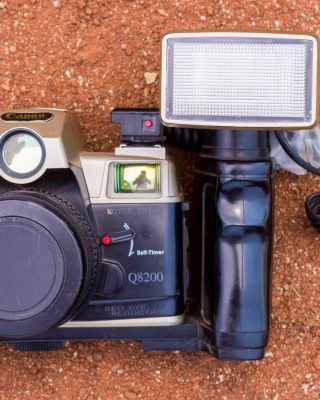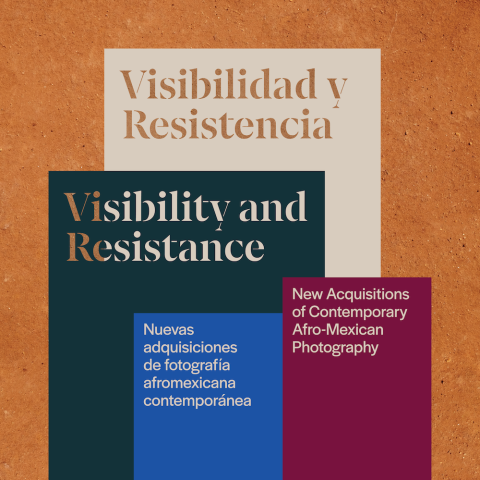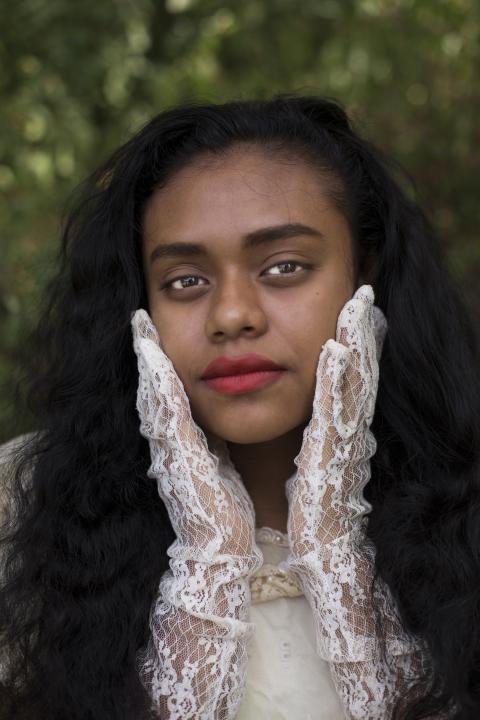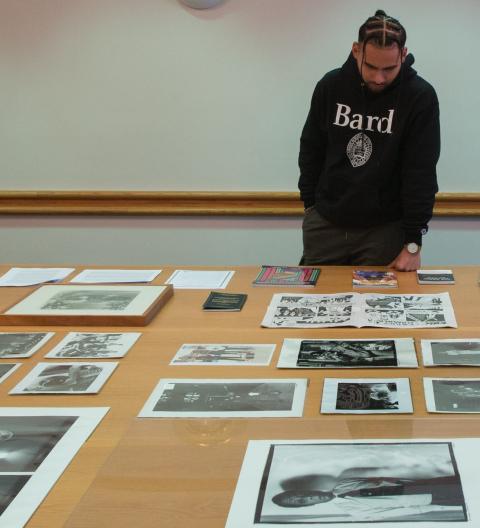Visibility & Resistance celebrates the recent acquisition of a collection of contemporary Afro-Mexican photography. By foregrounding the voices and vision of afro-descendant photographers, this exhibition aims to amplify the activism of those on the frontlines of a national movement to increase Black visibility and cultural pride in Mexico.
The photographers featured here represent a multiplicity of afro-descendent identities. Hugo Arellanes hails from Costa Chica, a region of Mexico known for its high concentration Black Mexicans. Toumani Camara was born in Mexico City and is the child of a Senegalese father and Mexican mother. Koral Carballo and Dolores Medel are based in Veracruz, a state heavily influenced by its links to the Caribbean.
Though divergent in their practices, some common threads link their work. They frequently eschew the documentary mode–an approach that has tended to objectify Afro-Mexicans as exotic others bound by poverty and racial difference. By contrast, the photographers featured here employ conceptual approaches, digital manipulation, and fictionalized staging to reconstruct the visual field for Afro-Mexican identity. They examine self-representation, highlight the presence of African cultural traditions, meditate on the (dis)connection to place, and critique the ongoing effects of slavery and systemic racism.
Together, this new acquisition asserts an undeniable afrodescendiente presence in Mexico and exemplifies the Schomburg Center’s capacious approach to Black identity, encompassing a multiplicity of black experience around the globe.







